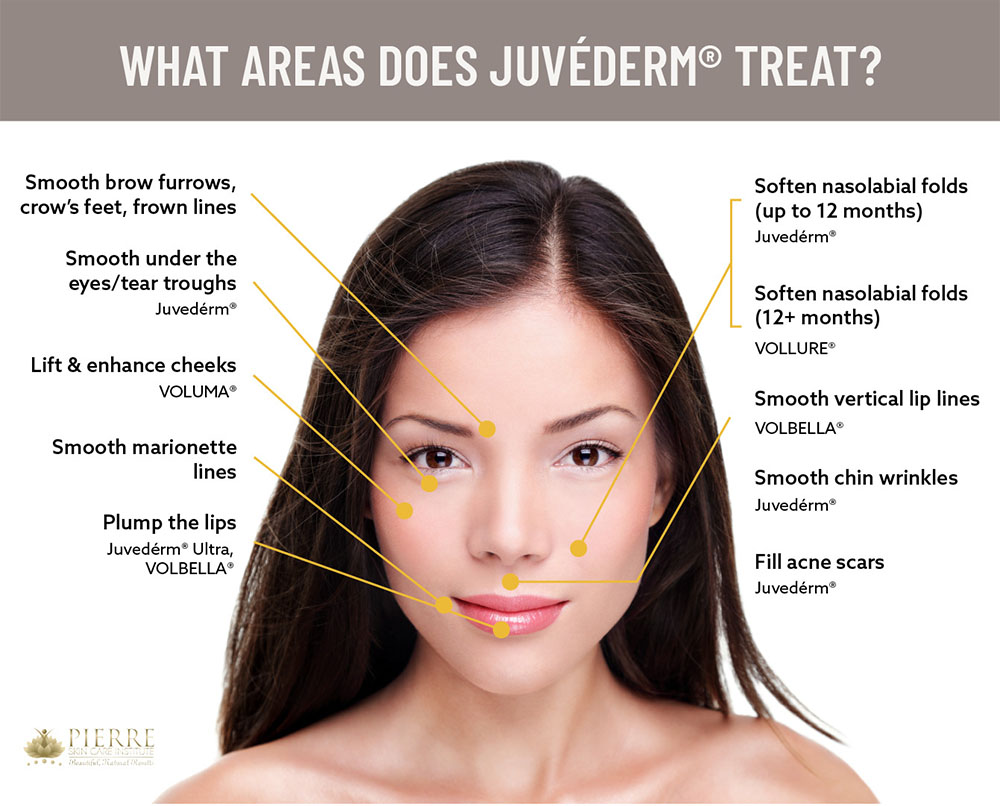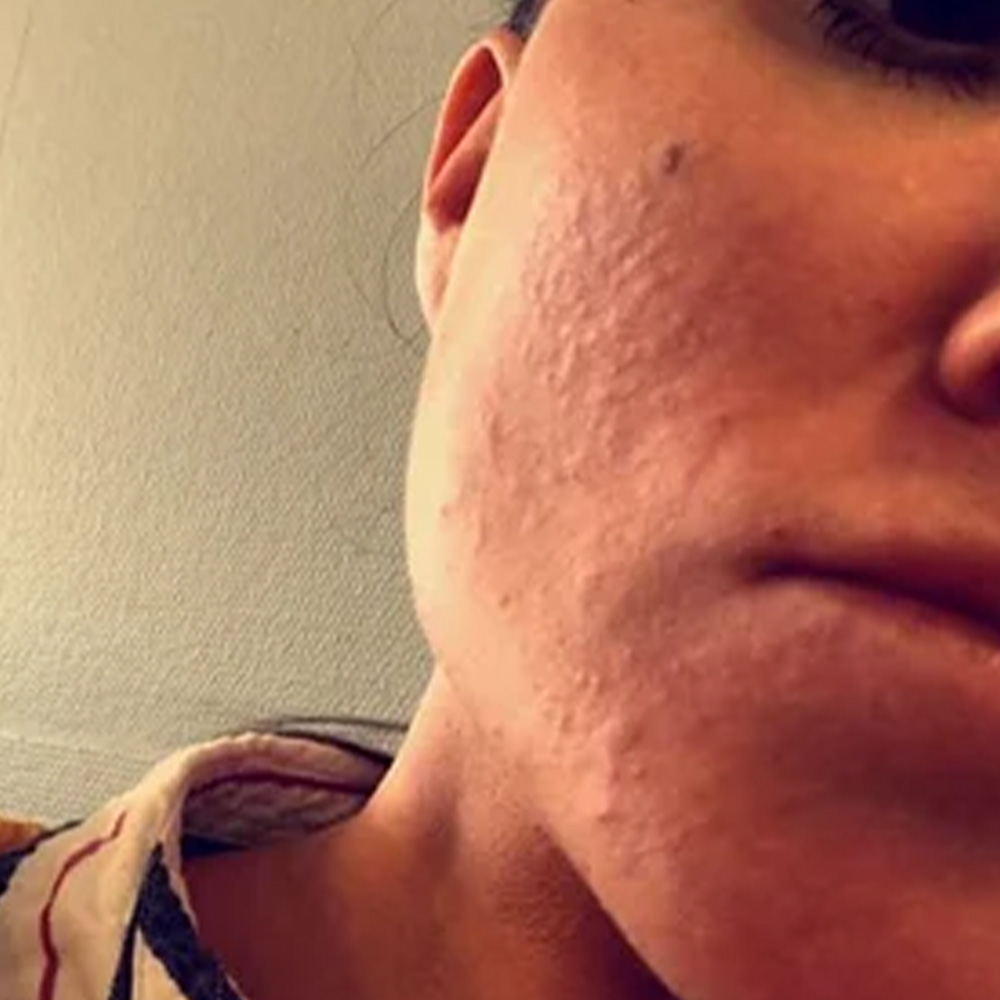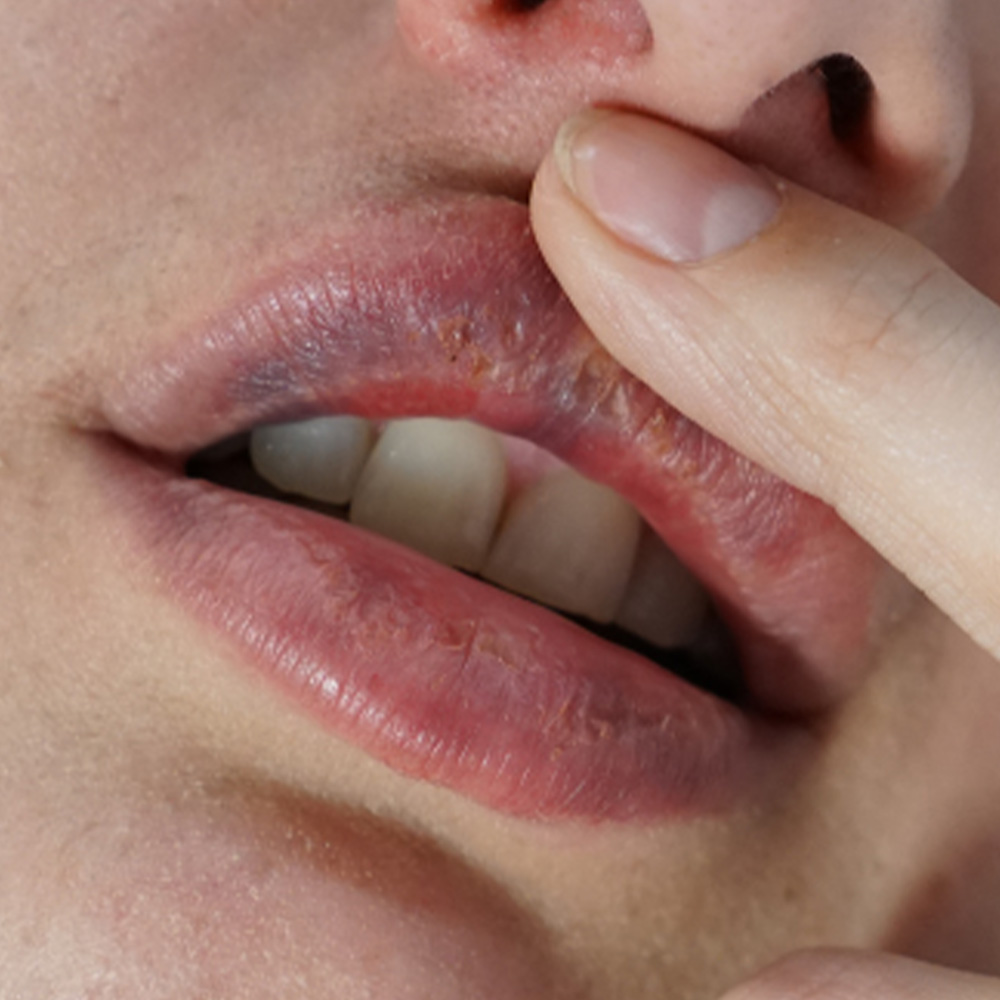
Juvederm is one of the most recognized and widely used dermal filler brands in aesthetic medicine. From volumizing the cheeks to refining the lips or restoring under-eye hollows, its versatility makes it a go-to option for non-surgical facial rejuvenation. But with popularity comes responsibility, especially for the practitioner. While the majority of treatments are smooth and uneventful, Juvederm side effects can and do occur. Some are minor and short-lived. Others, though rare, demand immediate recognition and skilled intervention.
For injectors, understanding the full spectrum of possible side effects isn’t just about avoiding complications; it's about being confident in prevention, prepared for early response, and proactive in patient communication. Complications can arise from something as simple as an overly superficial injection or as serious as a vascular occlusion. The key is knowing how to reduce risk, how to manage issues if they arise, and how to talk about them with patients before the needle ever touches the skin.
Juvederm Safety Profile: What to Know
Juvederm is a hyaluronic acid (HA) dermal filler produced using proprietary Vycross and Hylacross technologies. Its crosslinked HA structure allows for customized lifting, sculpting, and hydration based on product choice.
What Are the Benefits of Juvederm?
- Restores volume in areas like lips, cheeks, chin, and under eyes
- Smooths fine lines and folds
- Results are immediate and reversible with hyaluronidase
- Products last 6 to 24 months, depending on formulation and placement
When injected properly by trained professionals, Juvederm is well tolerated. Allergic reactions are extremely rare, and the product integrates seamlessly into soft tissue. However, outcomes depend heavily on injector skill, patient selection, and adherence to best practices.

How Long Does Juvederm Stay in Your System?
While visible results typically last 6 to 24 months, trace amounts of crosslinked HA can remain in the tissue for longer. Metabolism, area of placement, and product density all influence degradation timelines.
Common Mild Side Effects
Most Juvederm side effects are temporary and mild. They include:
- Swelling
- Bruising or tenderness
- Redness at the injection site
- Mild firmness or lumpiness
These symptoms usually resolve within 3 to 7 days and are no cause for concern. However, first-time patients may need extra reassurance and clear aftercare instructions. Direct them to this lip injection aftercare guide for more tips on reducing downtime and improving comfort.

Moderate Adverse Events
Can Your Body Reject Juvederm?
True rejection of HA is rare, but inflammatory reactions can occur. In some cases, these involve:
- Lumpiness or nodules
o Early: due to superficial placement, overfilling, or product clumping
o Delayed: may be immune-related or triggered by illness or dental work
- Asymmetry or overcorrection
o Usually caused by uneven placement or filler migration
o May require massage, touch-up, or partial dissolution
- Prolonged swelling
o More common in periorbital or perioral areas
o Can last several weeks in sensitive patients
A thorough understanding of facial anatomy and filler rheology helps prevent most of these outcomes. If nodules persist or become inflamed, low-dose hyaluronidase or corticosteroids may be needed.

Serious Complications and Vascular Events
While uncommon, the most feared Juvederm complications involve accidental intravascular injection. These require immediate recognition and response.
Vascular Occlusion
- Signs: Blanching, disproportionate pain, dusky skin, or livedo pattern
- High-risk areas: Glabella, nasolabial folds, nasal bridge
- Treatment: Prompt hyaluronidase, warm compress, nitroglycerin paste if needed
Visual Disturbance or Blindness
This is a rare but devastating complication associated with injections around the glabella, nose, or forehead. Symptoms include sudden vision changes, pain behind the eye, or ptosis.
Immediate action is critical:
- Stop injecting
- Massage area gently
- Administer high-dose hyaluronidase
- Refer to ophthalmologist or emergency services
If you’re not already confident with these emergency protocols, enroll in advanced online Juvederm courses that include complication management and live simulation.

Prevention Strategies
No injectable filler is risk-free, but many complications can be avoided with the right technique, tools, and mindset. Prevention begins with a strong understanding of anatomy, especially high-risk vascular areas such as the glabella, nasolabial folds, and nasal dorsum. Knowing where danger zones lie is just as important as knowing where to inject.
Using blunt-tip cannulas in appropriate areas, particularly the midface and jawline, can help reduce the chance of intravascular injection. While not foolproof, cannulas often offer better control and lower the likelihood of vessel penetration compared to sharp needles.
Aspiration before injection is another debated technique. While it may help detect vessel entry in low-pressure environments, it's not universally reliable. Use it thoughtfully, but don’t depend on it exclusively. Instead, focus on low-pressure, small-volume injections and always inject slowly. Be mindful of resistance or blanching, which may signal something isn’t right.
Patient positioning also plays a role. Semi-reclined or upright positions help you identify asymmetries, swelling, and vessel patterns more easily than fully supine positions. Ensure good lighting and a calm environment to minimize distractions and optimize precision.

Management Protocols
When something does go wrong, having a plan in place can make all the difference.
Have hyaluronidase on hand at every appointment
- For vascular compromise, inject 150–300 units spread over the affected area
- Repeat every hour if symptoms persist
- Combine with warm compress and massage
- For inflammation, consider oral steroids or antibiotics, depending on severity
Document everything: photos, dosages, injection sites, symptoms, and response
Follow up within 24–48 hours to monitor improvement. Don’t underestimate the psychological impact of even minor complications. Reassurance and clear communication go a long way in retaining trust.

Patient Communication & Informed Consent
What Is the Best Age to Start Juvederm?
There’s no “right” age. Some patients begin in their late 20s for contouring or lip volume; others wait until their 40s for restoration. What matters most is that they understand the benefits and the risks.
Who Should Not Use Juvederm?
Contraindications include:
- Active infection at the injection site
- Pregnancy or breastfeeding
- Autoimmune disorders (relative, not absolute)
- History of hypertrophic scarring or keloids
- Unrealistic expectations or body dysmorphic tendencies
Set expectations clearly before treatment. Go over consent forms line by line and explain side effects in plain language. Reiterate what’s normal, what’s not, and when to call.
Transparency builds trust. A patient who’s well-informed is more likely to remain calm if they experience swelling, bruising, or asymmetry, and less likely to panic if correction is needed.

FAQ
What is the downside of hyaluronic acid fillers?
Mild side effects like swelling and bruising are common. More serious risks include vascular occlusion and, rarely, delayed inflammatory reactions.
Which is safer: Botox or Juvederm?
Both are safe when administered correctly. Botox is a neurotoxin, while Juvederm is a volumizing filler. Risks differ based on area and technique.
Who is not a good candidate for Juvederm?
Patients with poor skin quality, unrealistic expectations, or contraindications like active infection or autoimmune issues may not be ideal.
Why do I feel sick after fillers?
Some patients report flu-like symptoms after filler, often due to immune response. This is typically mild and resolves within a few days.
Is 60 too old for fillers?
Not at all. Many patients in their 60s and beyond benefit from filler. The key is tailoring the treatment to account for skin laxity and facial volume shifts.

Conclusion
Juvederm remains a reliable and effective option for patients seeking non-surgical facial rejuvenation. While most side effects are mild and temporary, practitioners must be equipped to prevent, recognize, and treat complications, especially vascular events. It’s not just about knowing how to inject; it’s about knowing when to stop, when to intervene, and how to support your patient through the process.
Continuous training is essential. Mastering the use of Juvederm, managing its risks, and staying updated with protocols ensures your practice stays both safe and trusted. Explore advanced online Juvederm courses to stay sharp, and dive deeper into expert injector content at the aesthetic medicine learning platform.
Sources
- Quach B, Clevens RA. Complications of Injectables. Atlas Oral Maxillofac Surg Clin North Am. 2024;32(1):57-63. doi:10.1016/j.cxom.2023.10.005 https://pubmed.ncbi.nlm.nih.gov/38307636/
- Pinsky MA, Thomas JA, Murphy DK, Walker PS; Juvéderm vs. Zyplast Nasolabial Fold Study Group. Juvéderm injectable gel: a multicenter, double-blind, randomized study of safety and effectiveness. Aesthet Surg J. 2008;28(1):17-23. doi:10.1016/j.asj.2007.09.005 https://pubmed.ncbi.nlm.nih.gov/19083502/
- Colon J, Mirkin S, Hardigan P, Elias MJ, Jacobs RJ. Adverse Events Reported From Hyaluronic Acid Dermal Filler Injections to the Facial Region: A Systematic Review and Meta-Analysis [published correction appears in Cureus. 2023 Jun 30;15(6):c125. doi: 10.7759/cureus.c125.]. Cureus. 2023;15(4):e38286. Published 2023 Apr 29. doi:10.7759/cureus.38286 https://pubmed.ncbi.nlm.nih.gov/37261136/
- Pons-Guiraud A. Les complications de l'acide hyaluronique injectable [Complications associated with injectable hyaluronic acid]. Ann Dermatol Venereol. 2012;139(1):6-8. doi:10.1016/j.annder.2011.11.003 https://pubmed.ncbi.nlm.nih.gov/22225736/
*All protocols, dosages, and treatment insights referenced herein are based on published literature. The content is not intended to encourage application, diagnosis, or self-treatment of unlicensed individuals, and should not be used as a substitute for the clinical judgment of a qualified healthcare provider.
Disclaimer:
This article is intended for licensed medical professionals. All protocols, dosages, and treatment insights referenced herein are based on published literature. The content is not intended to encourage application, diagnosis, or self-treatment of unlicensed individuals, and should not be used as a substitute for the clinical judgment of a qualified healthcare provider.

